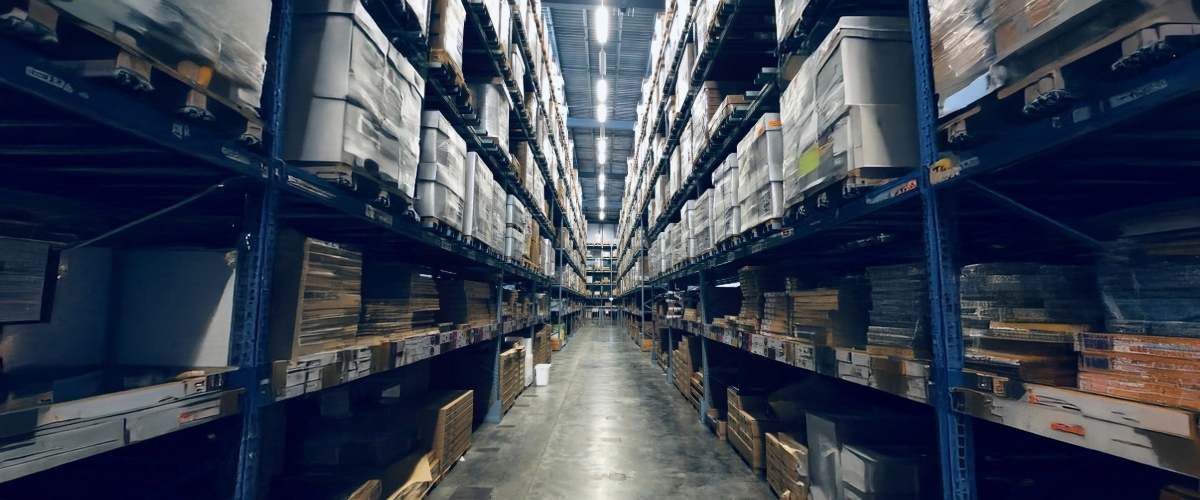The WTO is helping to create a more level playing field in global trade. At the same time, many Western companies are moving production overseas to take advantage of lower labor costs. As a result, more countries are becoming part of today’s complex and interconnected supply chains.
The growth has inevitably been accompanied by greater regulatory complexities, thanks to the need to comply with customs requirements and other applicable legislation. This has particularly affected multinational corporations with a vast geographical customs footprint and big American importers who source their products from several countries.
A McKinsey study of logistics leaders found that shippers and logistics service providers are increasingly turning to technology to address these challenges. Leveraging data is crucial for streamlining procurement activities and ensuring compliance in complex supply chains. The leaders believe that technology adoption leads to greater efficiency in managing global supply chains, improving speed, accuracy, and overall performance.
Increasing Role of Technology in Trade Tech
Not all shippers or freight forwarders have the resources or expertise to build their own trade technology. Most prefer to stay focused on their core business. This has fueled rising demand for third-party supply chain planning and customs clearance solutions.
The trade tech market has expanded rapidly in recent years. It now includes legacy giants, established mid-sized firms, and new start-ups — each carving out a niche. Together, they offer a wide range of solutions, from end-to-end supply chain platforms to specialized tools designed to solve specific challenges, with varying levels of sophistication.
These services and solutions are designed to enhance productivity for their clients by streamlining operations, improving efficiency, and supporting digital transformation initiatives. According to Gartner, supply chain management is the fastest-growing market in its enterprise application software segment.
Drivers and Trends Behind Supply Chain Software Consolidation
Any fragmented industry replete with small-sized players will inevitably witness consolidation, as bigger players engage in M&A activities to expand their operational size and geographical scale, or to strengthen their product portfolio with innovative trade tech solutions. In addition to M&A, businesses often implement consolidation strategies — such as consolidating suppliers, streamlining operations, and leveraging technology — to achieve growth, cost savings, and competitive advantage.
This was witnessed in the container shipping industry, where a spate of acquisitions and mergers resulted in a situation where the top 10 carriers increased their market share from approximately 63% in 2011 to 84% in 2022. Effective consolidation strategies can deliver significant cost savings and unlock value for businesses by reducing operational complexity and improving efficiency. However, the consolidation process also introduces risks, including integration challenges, potential loss of innovation, and disruptions to existing supplier relationships.
These acquisitions include Maersk’s takeover of P&O Nedlloyd to gain market share, MSC acquiring Bollore Africa to increase their footprint in the African continent, and Hapag-Lloyd merging with CSAV, helping them strengthen their reefer product offerings.
Similar trends have been at play in the logtech industry as well, where supply chain software consolidation is gaining momentum. Dominant players have embarked upon software consolidation to grow in target markets or segments, with the intent of extending their lead over rivals. The process of consolidating suppliers can impact both suppliers and businesses, affecting supply chain efficiency, cost structures, and the ability to maintain strong supplier partnerships.
Software consolidation has certainly helped market leaders grow their share. But it remains unclear whether this trend has truly benefited the industry by driving innovation or fostering more advanced, customer-centric trade tech solutions.
Rationale and Implications Of The WiseTech-e2open Merger
One of the most high-profile examples of consolidation in trade tech is the acquisition of e2open by WiseTech Global Limited for US $2.1 billion. As a leading provider of logistics execution software, WiseTech is positioning the deal as a way to create one multi-enterprise network that connects distribution partners, logistics providers, and clients worldwide.
The combined platform promises multi-enterprise network tracking to deliver visibility and data sharing across the supply chain. By serving some of the world’s largest companies, the network aims to help customers sell goods more efficiently and manage global trade with greater control.
This strategic move aligns with WiseTech’s business vision of expanding its global footprint and strengthening its end-to-end offering. WiseTech expects the merger to accelerate time-to-market, unlock synergies, and enhance services for customers.
Yet, questions remain. Integrating two large organizations brings challenges — legacy systems, operational struggles, and significant execution risk. Instead of guaranteeing innovation, consolidation on this scale may slow product development and reduce competition from smaller, more agile innovators.
This tension highlights a central issue in trade tech: does consolidation truly benefit customers through scale and reach, or does it risk stifling the innovation needed to meet tomorrow’s supply chain challenges?
Innovative Trade Tech as a Competitive Differentiator
The need of the hour is agility and technological innovation, rather than size, as scale does not necessarily translate into innovation and better quality products. Therefore, it is agility that is becoming the new standard in trade tech and is the best way to future-proof your tech stack.
The WiseTech-e2open merger proves that supply chain software consolidation does not necessarily imply greater innovation in the trade tech industry. Given today’s macro-level volatility, agility has become the new benchmark in trade tech. Customers now prioritize flexibility, ease of use, and speed over sheer scale.
The altered market dynamics have tilted the balance in favour of modern digital platforms such as KlearHub, which is KlearNow.AI’s global control tower product. KlearNow.AI has been breaking new frontiers in trade tech by constantly innovating and incorporating advances in AI and ML to upgrade its suite of supply chains and customs software.
Unlike legacy players such as entities created by the Wisetech-e2open merger, KlearNow has emphasized technological sophistication, user-friendliness, and ease of implementation to introduce trade tech products that are scalable and cater to large, medium, and small-sized organisations.
A growing number of customers have discovered the benefits of partnering with KlearNow, as seen in their success stories. For example, a recent case study highlights how KlearNow’s innovative solutions enabled a major logistics provider to streamline operations, improve efficiency, and achieve measurable results.
To explore how KlearNow can similarly benefit your business, schedule a free demo today.
Frequently Asked Questions (FAQs)
1. What does “enterprise value” mean in the context of supply chain software mergers?
Enterprise value (EV) is a measure used to assess the total value of a company, including debt and cash, not just its market capitalization. In supply chain software consolidation, enterprise value helps determine whether the price paid in a merger or acquisition reflects the true worth of the company’s technology, customer base, and growth potential.
2. How does a merger agreement affect customers of supply chain software providers?
A merger agreement outlines the terms under which two companies combine. For customers, this can impact service continuity, product roadmaps, pricing, and support. While larger entities may offer broader global reach and integration, there is also the risk of slower innovation and reduced flexibility compared to smaller, more agile providers.
3. Can software consolidation support sustainability goals in global trade?
Yes, when executed effectively. Consolidated platforms can enable better data sharing, improve visibility, and optimize routes and inventory management, which can reduce waste and lower carbon emissions. However, sustainability outcomes depend on whether the merged entity prioritizes green logistics practices or focuses primarily on market share and scale.
4. What are the risks of relying on a few large players after consolidation?
The main risks include reduced competition, slower innovation, and potential lock-in to legacy systems. This could limit customer choice and flexibility, which are increasingly important in today’s volatile trade environment.
5. How can businesses future-proof their tech stack amid consolidation trends?
The best approach is to prioritize agility, scalability, and usability over size alone. Choosing platforms that integrate emerging technologies like AI and ML, and that align with long-term digital transformation and sustainability strategies, helps ensure resilience even as the market consolidates.

